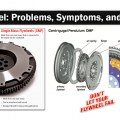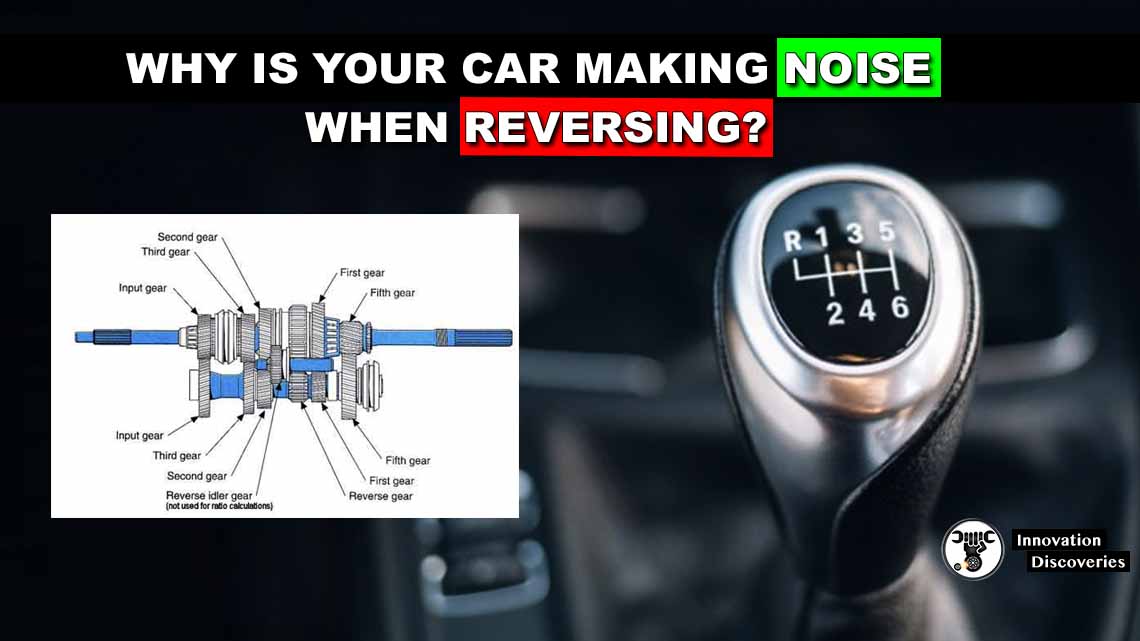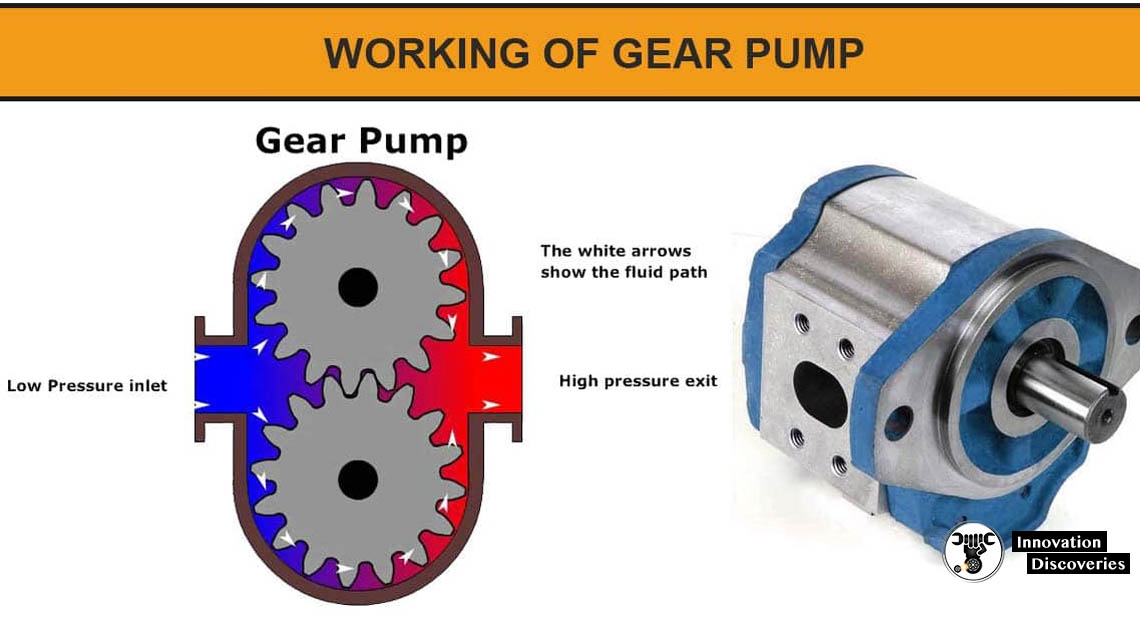
How does a gear pump work?
Gear pumps use the actions of rotating cogs or gears to transfer fluids. The rotating element develops a liquid seal with the pump casing and creates suction at the pump inlet.
External Gear Pump
An external gear pump consists of two identical, interlocking gears supported by separate shafts. Generally, one gear is driven by a motor and this drives the other gear . In some cases, both shafts may be driven by motors. The shafts are supported by bearings on each side of the casing.
As the gears come out of mesh on the inlet side of the pump, they create an expanded volume. Liquid flows into the cavities and is trapped by the gear teeth as the gears continue to rotate against the pump casing.
No fluid is transferred back through the centre, between the gears, because they are interlocked. External gear pump designs can utilise spur, helical or herringbone gears.
Internal gear pump
An internal gear pump operates on the same principle but the two interlocking gears are of different sizes with one rotating inside the other. The larger gear is an internal gear i.e. it has the teeth projecting on the inside. Within this is a smaller external gear mounted off-centre. This is designed to interlock with the rotor such that the gear teeth engage at one point.
A pinion and bushing attached to the pump casing holds the idler in position. A fixed crescent-shaped partition or spacer fills the void created by the off-centre mounting position of the idler and acts as a seal between the inlet and outlet ports.
Liquid flows into the cavities and is trapped by the gear teeth as the gears continue to rotate against the pump casing and partition.
Internal gear pump designs only use spur gears.
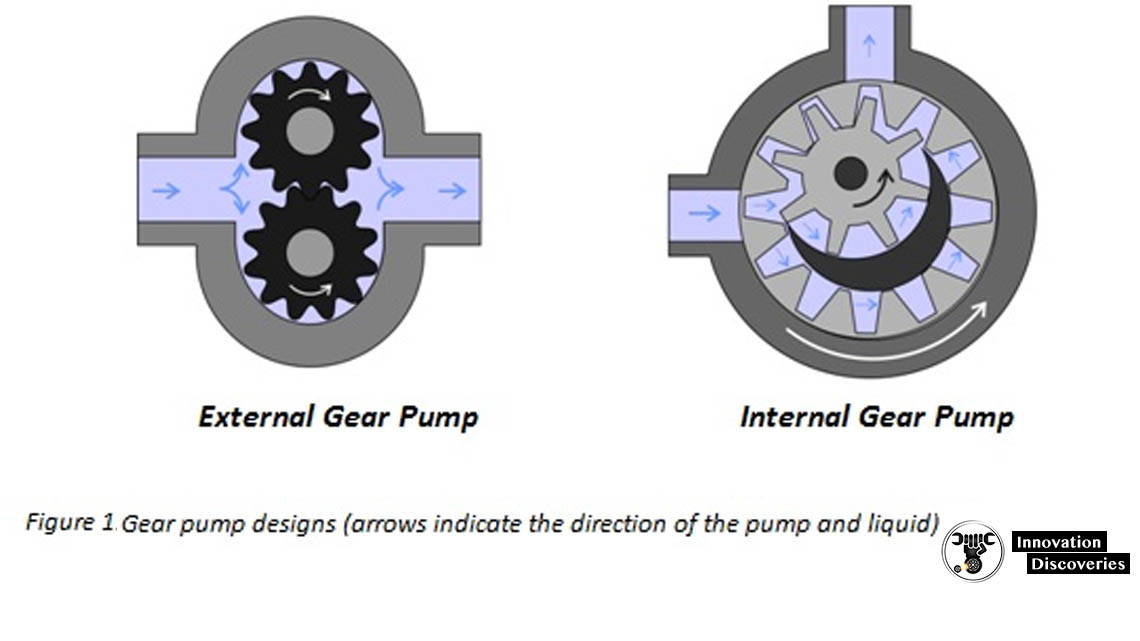
What are the main features and benefits of a gear pump?
Gear pumps are compact and simple with a limited number of moving parts. Gear pumps are particularly suited for pumping oils and other high viscosity fluids. Of the two designs, external gear pumps are capable of sustaining higher pressures and flow rates because of the more rigid shaft support and closer tolerances. Gear pumps can be engineered to handle aggressive liquids.
While they are commonly made from cast iron or stainless steel, new alloys and composites allow the pumps to handle corrosive liquids such as sulphuric acid, sodium hypochlorite, ferric chloride and sodium hydroxide. External gear pumps can also be used in hydraulic power applications, typically in vehicles, lifting machinery and mobile plant equipment.
Driving a gear pump in reverse, using oil pumped from elsewhere in a system , creates a hydraulic motor. This is particularly useful to provide power in areas where electrical equipment is bulky, costly or inconvenient.
Tractors, for example, rely on engine-driven external gear pumps to power their services.
What are the limitations of a gear pump?
Gear pumps are self-priming and can dry-lift although their priming characteristics improve if the gears are wetted. Some gear pump designs can be run in either direction so the same pump can be used to load and unload a vessel, for example.
External gear pumps have four bearings in the pumped medium, and tight tolerances, so are less suited to handling abrasive fluids. Internal gear pumps are more robust having only one bearing running in the fluid.
A gear pump should not be operated too far from its recommended speed. For high temperature applications, it is important to ensure that the operating temperature range is compatible with the pump specification.
Thermal expansion of the casing and gears reduces clearances within a pump and this can also lead to increased wear, and in extreme cases, pump failure.
Despite the best precautions, gear pumps generally succumb to wear of the gears, casing and bearings over time.
Gear pumps continue to pump against a back pressure and, if subjected to a downstream blockage will continue to pressurise the system until the pump, pipework or other equipment fails.
Although most gear pumps are equipped with relief valves for this reason, it is always advisable to fit relief valves elsewhere in the system to protect downstream equipment. Internal gear pumps, operating at low speed, are generally preferred for shear-sensitive liquids such as foodstuffs, paint and soaps.
Internal gear pumps are also preferred when hygiene is important because of their mechanical simplicity and the fact that they are easy to strip down, clean and reassemble.
What are the main applications for gear pumps?

Gear pumps are commonly used for pumping high viscosity fluids such as oil, paints, resins or foodstuffs. They are preferred in any application where accurate dosing or high pressure output is required. The output of a gear pump is not greatly affected by pressure so they also tend to be preferred in any situation where the supply is irregular.
A gear pump moves a fluid by repeatedly enclosing a fixed volume within interlocking cogs or gears, transferring it mechanically to deliver a smooth pulse-free flow proportional to the rotational speed of its gears. An internal gear pump has two interlocking gears of different sizes with one rotating inside the other.
They are also preferred in applications where accurate dosing or high pressure output is required. External gear pumps are capable of sustaining higher pressures whereas internal gear pumps have better suction capabilities and are more suited to high viscosity and shear-sensitive fluids.
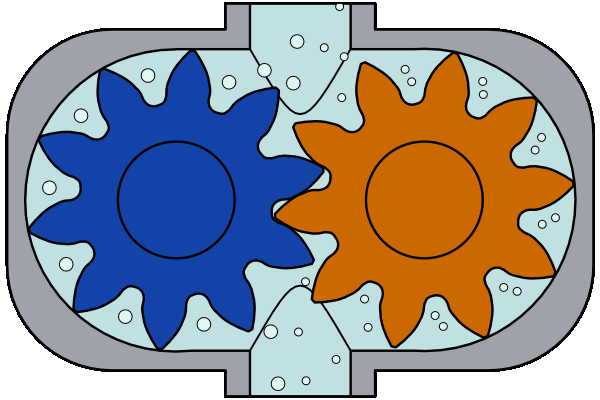
Read More:
Sharing is caring!


